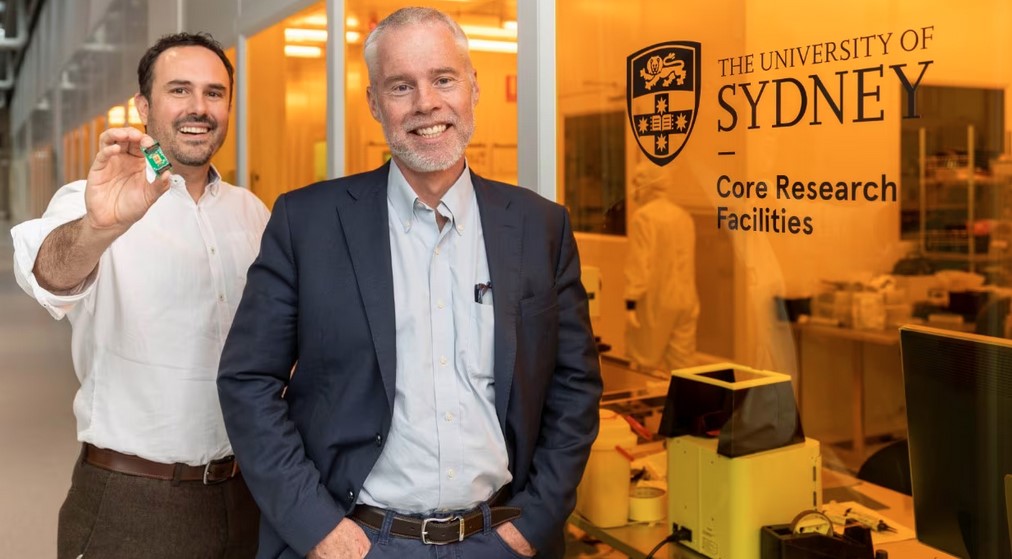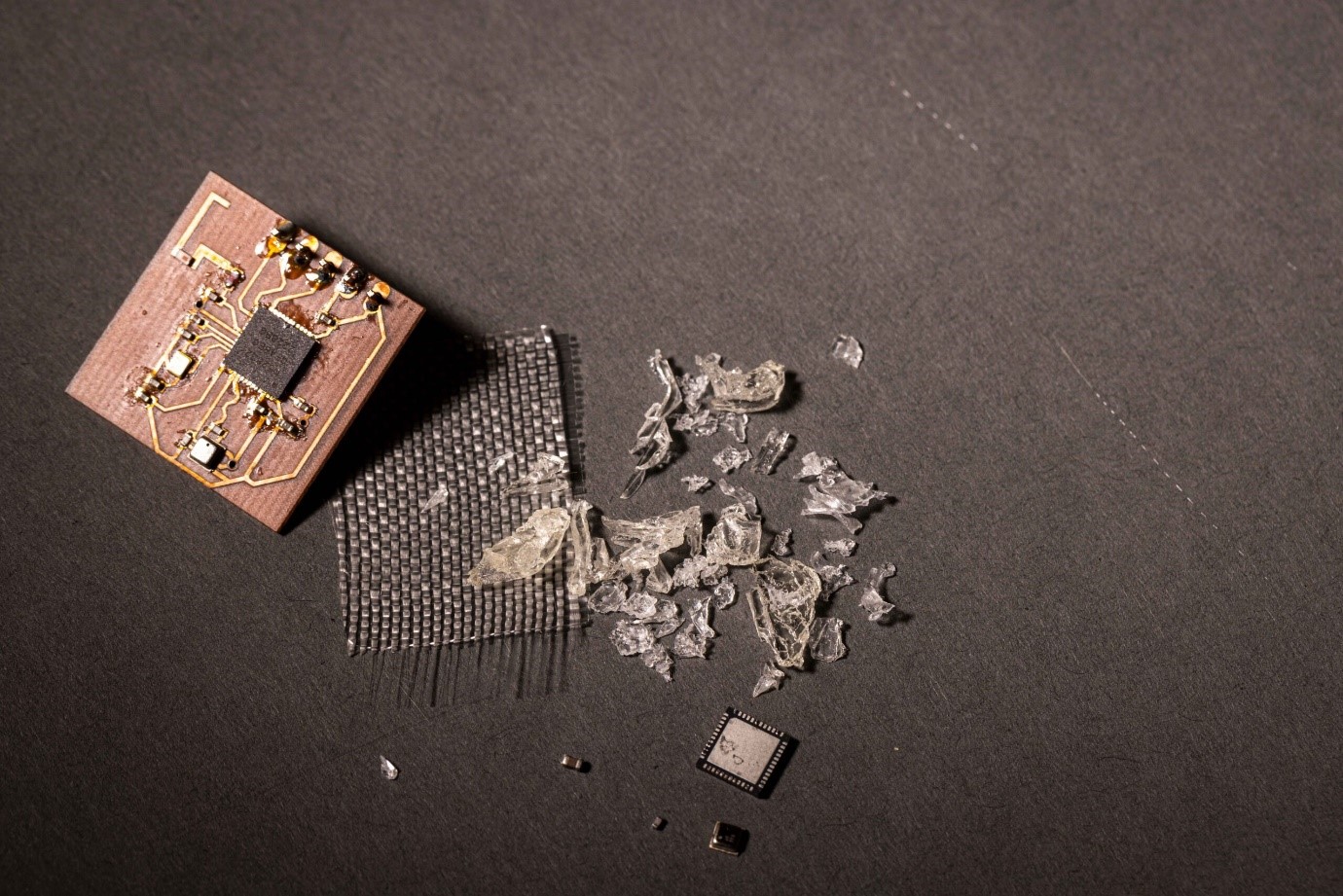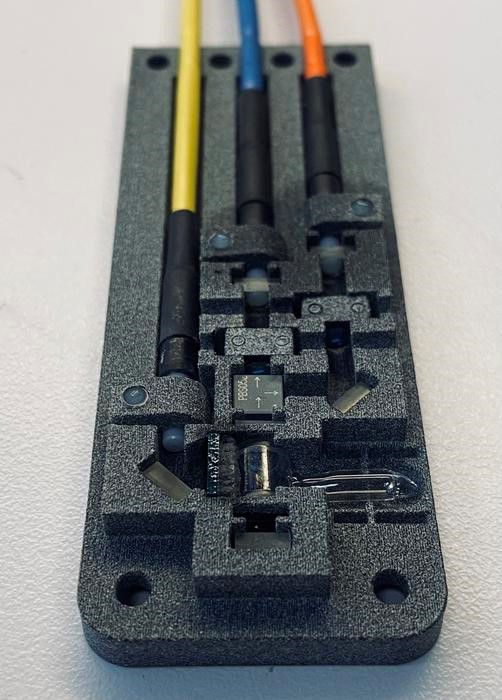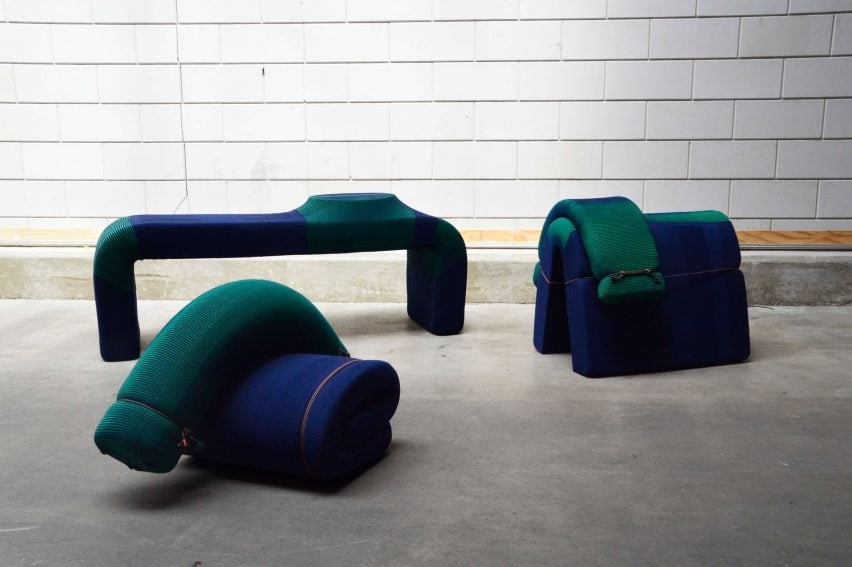UC3M Is Leading a European Scientific Project Aimed at Advancing Multi-Antenna Technologies For 6G
The Universidad Carlos III de Madrid (UC3M) is spearheading MI Future, a research network funded by the European Union (EU) that involves key players in the telecommunications industry, including Ericsson, Nokia, and Vodafone, as well as several top universities specializing in mobile communications research. The primary objective is to advance multi-antenna technologies for future 6G communications. The scientific focus is on developing networks with reduced latency and enhanced data transmission rates, facilitating groundbreaking applications such as telesurgery, holographic virtual meetings, and the utilization of digital twins. To achieve these goals, the project will support fifteen contracts and implement an ambitious training program to enable doctoral candidates to become highly skilled researchers in this innovative field.

Figure 1. UC3M is leading a European scientific project aimed at advancing multi-antenna technologies for 6G.
The MI Future project is investigating the evolution of MIMO (multiple input multiple output) technology, which has significantly improved spectral efficiency in today's 5G communications. The focus now is on developing ultra-massive MIMO (UmMIMO), which will be crucial for the upcoming generation of mobile communications (6G) over the next decade. Figure 1 shows UC3M is leading a European scientific project aimed at advancing multi-antenna technologies for 6g.
“MI Future aims to pave the way for implementing heterogeneous cell-free networks with an ultra-massive number of antennas to meet the performance, energy efficiency, positioning accuracy, and complexity requirements for the evolution towards 6G mobile communications,” explains project coordinator Ana García Armada, who is a professor in UC3M's Signal Theory and Communications Department.[1]
The project's progress involves developing large antenna arrays that will significantly enhance current resources in this field. “We aim to tackle what we see as the most critical challenges in mobile communications for the next decade: ultra-low latency, very high data rates, and reduced energy consumption,” says Ana García Armada. “To address these challenges, we need to work on innovative architectures and technologies, such as Open RAN (a non-proprietary version of the Radio Access Network that allows interoperability between equipment from different manufacturers) and incorporating AI throughout the network design,” she adds.
Possible applications
The mi Future project's research team will explore various practical scenarios to demonstrate the potential of their advancements. This includes creating digital twins and enabling full interaction between the real and virtual worlds, facilitating augmented and virtual reality video calls, holographic images of participants, and even conducting remote tele-surgeries. “We could have an expert in Madrid performing surgery on a patient in a remote village over a hundred kilometres away in Ávila province,” says Ana García Armada.
The project has already begun recruiting 15 new PhD students who will develop their doctoral theses, with applications open until June through their website. “The first part of the thesis will be conducted at one of the universities in the consortium, focusing on academic and educational aspects. The second half will take place at a telecommunications company, providing a practical perspective and facilitating the transition of research into market applications,” explains Eduardo Alonso Frech, project manager for MiFuture at UC3M's Signal Theory and Communications Department. Ultimately, the project aims to integrate universities and industry to foster both research and innovation, emphasizing knowledge transfer.[1]
MI Future (Ultra-Massive MIMO for Future Cell-Free Heterogeneous Networks) is funded by the EU's Research and Innovation Framework Programme, Horizon Europe, under the Marie Sklodowska-Curie Innovative Training Networks call (GA 101119643). UC3M coordinates the consortium, which includes research personnel from seven countries and various research centres and companies: Instituto de Telecommunicators (Portugal), University of Tampere (Finland), Lund University (Sweden), Autonomous University of Barcelona (Spain), Ericsson Research (Finland and Sweden), Vodafone (Spain), Nokia (Poland), Nokia Bell Labs (Finland), Altys Technology (France), and Keysight Technologies Belgium. Associate partners include Keysight Technologies UK, Catholic University of Leuven (Belgium), NOVA University of Lisbon (Portugal), University of Aveiro (Portugal), and University of Coimbra (Portugal).
Source:uc3m
Cite this article:
Gokila G (2024),UC3M Is Leading a European Scientific Project Aimed at Advancing Multi-Antenna Technologies For 6G, AnaTechMaz, pp. 307















